Plenty of ink has been spilled about Nvidia's DLSS, but one feature of the performance-enhancing suite doesn't get enough love: Ray Reconstruction. That's because it's only in a small number of games, despite the impressive results it can yield. It's arriving alongside the long-awaited path tracing update for Doom: The Dark Ages, which is available to download now for free. And I got my hands on the update early to see what path tracing does in the game, and more importantly, how Ray Reconstruction improves it.
Path tracing in Doom: The Dark Ages
And the need for real-time denosing
First, the eye candy. Doom: The Dark Ages includes four path-traced effects: shadows, reflections, emissive lighting, and diffused global illumination. It's what Nvidia would call "full ray tracing," in that nearly the entire lighting system is path-traced, similar to games like Alan Wake 2 and Indiana Jones and the Great Circle. Here, however, the effect is more subtle. Doom: The Dark Ages has always-on ray tracing, so the differences in visual quality are much smaller compared to other titles with path tracing, where you see a night and day difference.
Still, there are differences. In the first image, you can see how the blue light is more accurately captured in the cracks of the floor, and in the first two images, you can see the cover of specular highlights that my gun model picked up. The third image is a great showcase of the path-traced reflections, which not only show up with items scattered on the ground, but also with bullets whizzing around on the map. The extra light from weapons and explosions really make Doom: The Dark Ages feel more chaotic, which is shocking considering how fast-paced the game already was.
All the images you see above use Nvidia's Ray Reconstruction, which is a part of the DLSS and is available for all RTX GPUs. If, for some reason, you don't want to use Ray Reconstruction, you can fall back to Nvidia's real-time denoiser. Denoising is a critical part of real-time path tracing, and it doesn't get enough attention. It smooths over the rough edges of path tracing (or ray tracing) to remove digital "noise" and creates a final image that looks correct. You can see an early demonstration of Nvidia's real-time denoiser in Watch Dogs: Legion above.
With path tracing, you're shooting light rays out from each pixel, and those rays bounce around the scene until they (hopefully) terminate at a light source. The problem with this approach, and why path tracing is so computationally expensive, is that a lot of rays don't terminate at a light source. They bounce around into oblivion and never return a color (light) value back to the pixel. These blank pixels are noise, and they look somewhat like a grainy film camera. Denoising cleans up those pixels that don't have a light value using techniques similar to upscaling, rather than simply shoot more rays and vastly increase the computational workload.
You're not actually upscaling anything, but denoising usually involves spatial reconstruction, where neighboring pixels give a hint as to the color value, and temporal reconstruction, where previous frames hint at the color value. In the process of denoising, fine details are lost. Light doesn't project as intensely as it should, shadows get washed out, and reflections look like they're covered with frosted glass. That's where Ray Reconstruction comes in. Instead of using the old techniques of denoising, it uses an AI model to better predict those fine details, and the results are incredible.
Ray Reconstruction is the unsung hero of Doom: The Dark Ages
The results speak for themselves
The first image above really tells the full story here. I'd argue that Ray Reconstruction alone makes a bigger difference than path tracing overall on image quality, at least when it comes to a sharp reflection like you can see in the first image. Sharp reflections in a puddle like you can see in the first image are where Ray Reconstruction really shines, as the fine details get muddied during the denoising process. The denosing leans a bit too heavily on neighboring pixels, washing out the reflection in a blob of light. Ray Reconstruction fixes that problem.
Although reflections are where Ray Reconstruction shines most, it also massively benefits shadows, which you can see on display in the second and third images. In the second image, the ambient occlusion on the tiny bumps on the tree is much more dramatic with Ray Reconstruction on; it almost looks as if the game is using a higher-quality model with Ray Reconstruction, even though it isn't. In the third image, the shadow of the tree gets washed out without Ray Reconstruction, but each leaf is tack sharp with the feature turned on.
You really should be using Ray Reconstruction if you can. It's what makes path tracing sing.
The differences are more subtle once you move outside direct reflections or shadows. The fourth image shows off the minor differences Ray Reconstruction can make when it comes to the intensity and spill of light into a scene. The torch is brighter with Ray Reconstruction. Not only is the bounce light from the floor brighter with Ray Reconstruction, the light also carries further into the scene; without, the light tapers off. The light carries so much so that you can see it dimly illuminate under the table in the back. Without Ray Reconstruction, the area under the table looks like an immovable shadow.
I've seen Ray Reconstruction at work in games like Alan Wake 2 and Cyberpunk 2077, so I'm not surprised it makes such a massive difference in Doom: The Dark Ages. Although it's great to see Nvidia's general-purpose denoiser available as a fallback, you really should be using Ray Reconstruction if you can. It's what makes path tracing sing.
We love a dedicated benchmark mode
The path tracing update for Doom: The Dark Ages is available now for free, alongside support for Ray Reconstruction. Developer id Software also added a benchmark mode to the game, which is great to see. It's actually quite an expansive feature addition. Not only do you get a repeated, automated benchmark for tracking your performance, you also get separate metrics for CPU and GPU frame time in addition to your average frame rate. Even better, id Software included seven different benchmarks based on maps from the game.
Some maps show off more demanding lighting techniques, while others are swarmed with enemies to show off what performance you can expect in combat. It's a great way to test out your performance with different graphics settings, but as someone who reviews PC hardware for a living, I'm more excited to make use of the benchmark mode in upcoming reviews. I suspect I'm not the only one, so hopefully you'll be able to compare your hardware with the performance published in reviews using this benchmark mode.
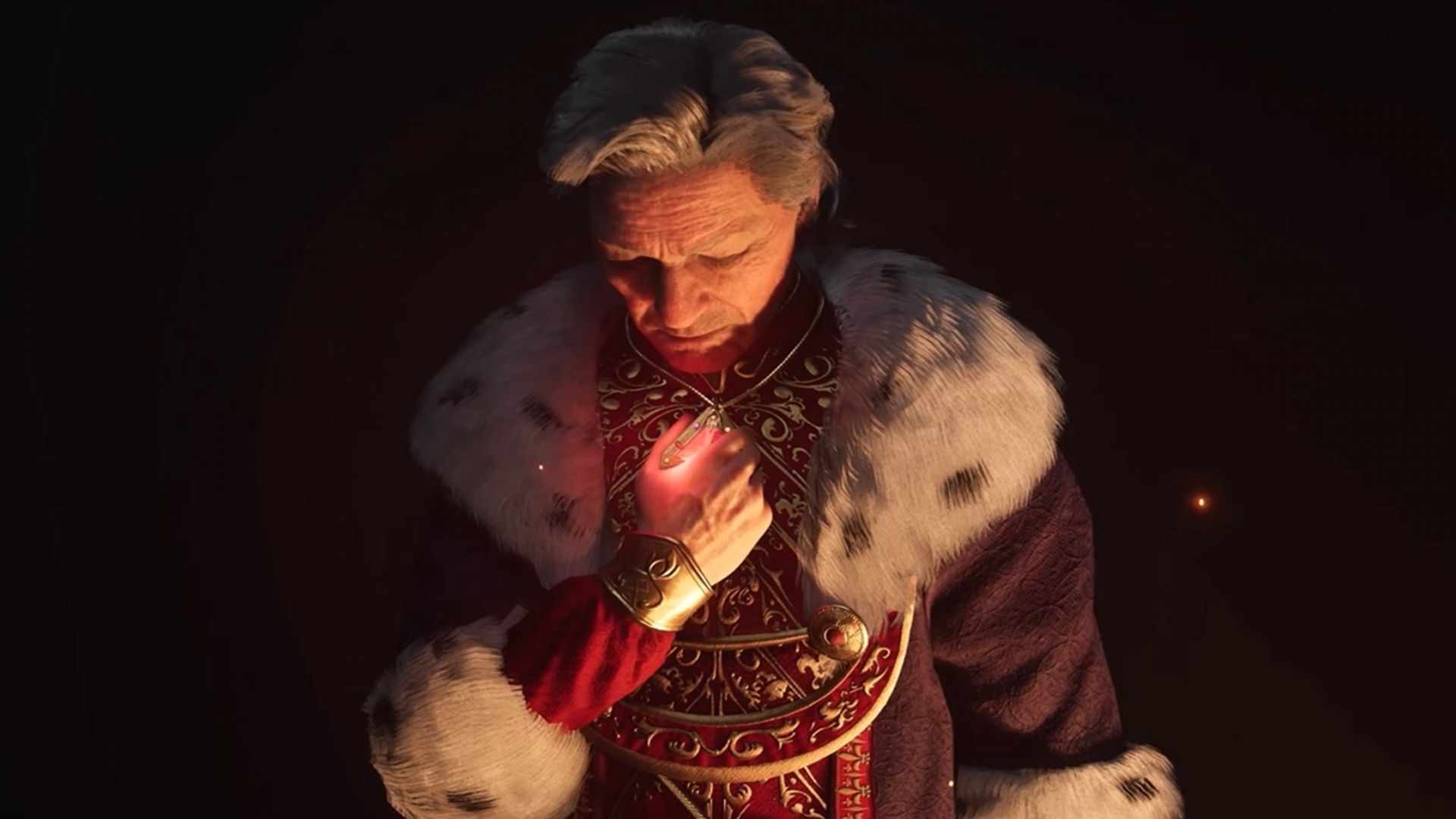
Related
Oblivion Remastered was a mess on PC until I made these 6 tweaks
A few simple tweaks to optimize your performance in Oblivion Remastered,
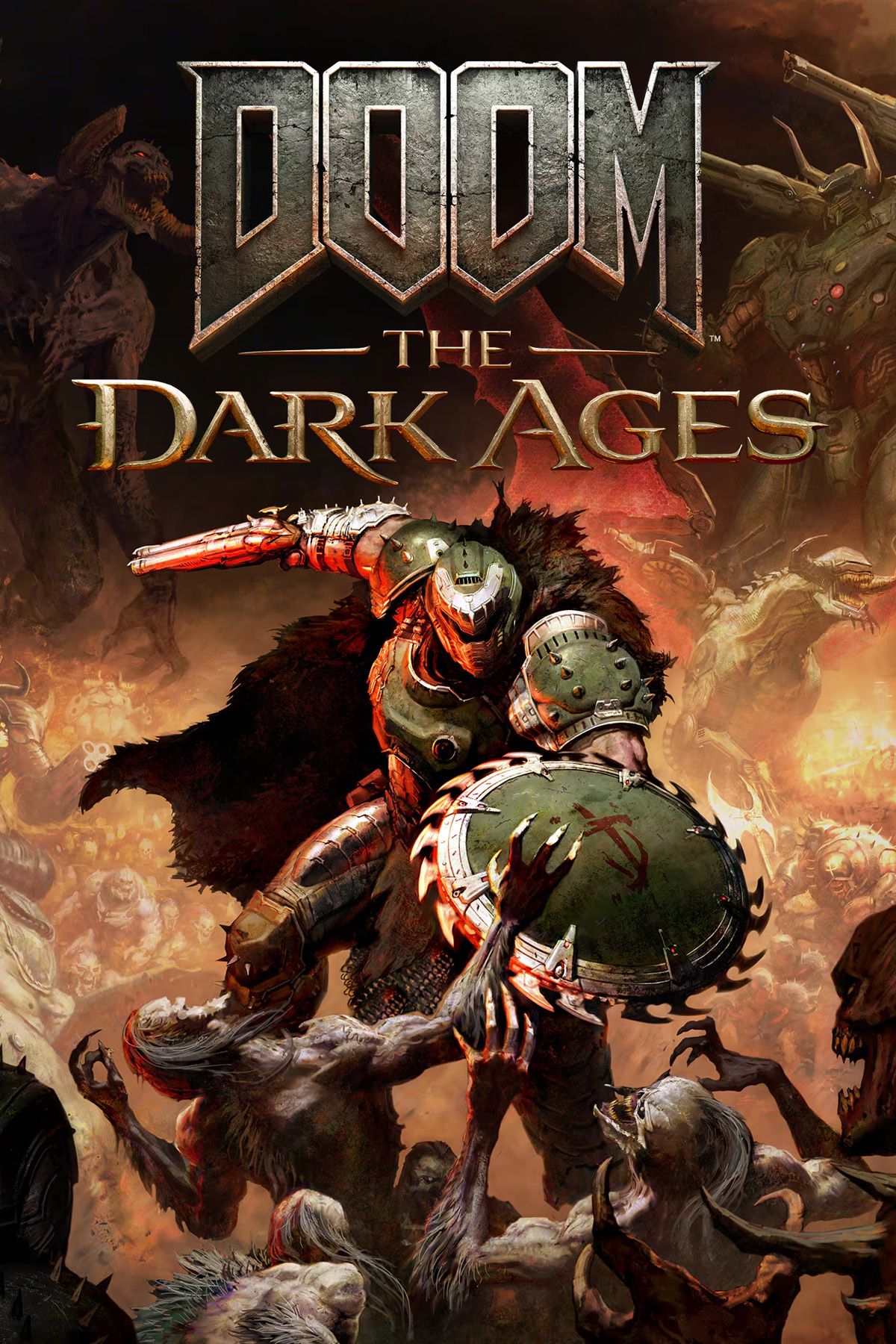
DOOM: The Dark Ages
Released May 15, 2025
ESRB M For Mature 17+ // Blood and Gore, Intense Violence
Developer(s) id Software
Publisher(s) Bethesda Softworks
Engine id Tech
.png)
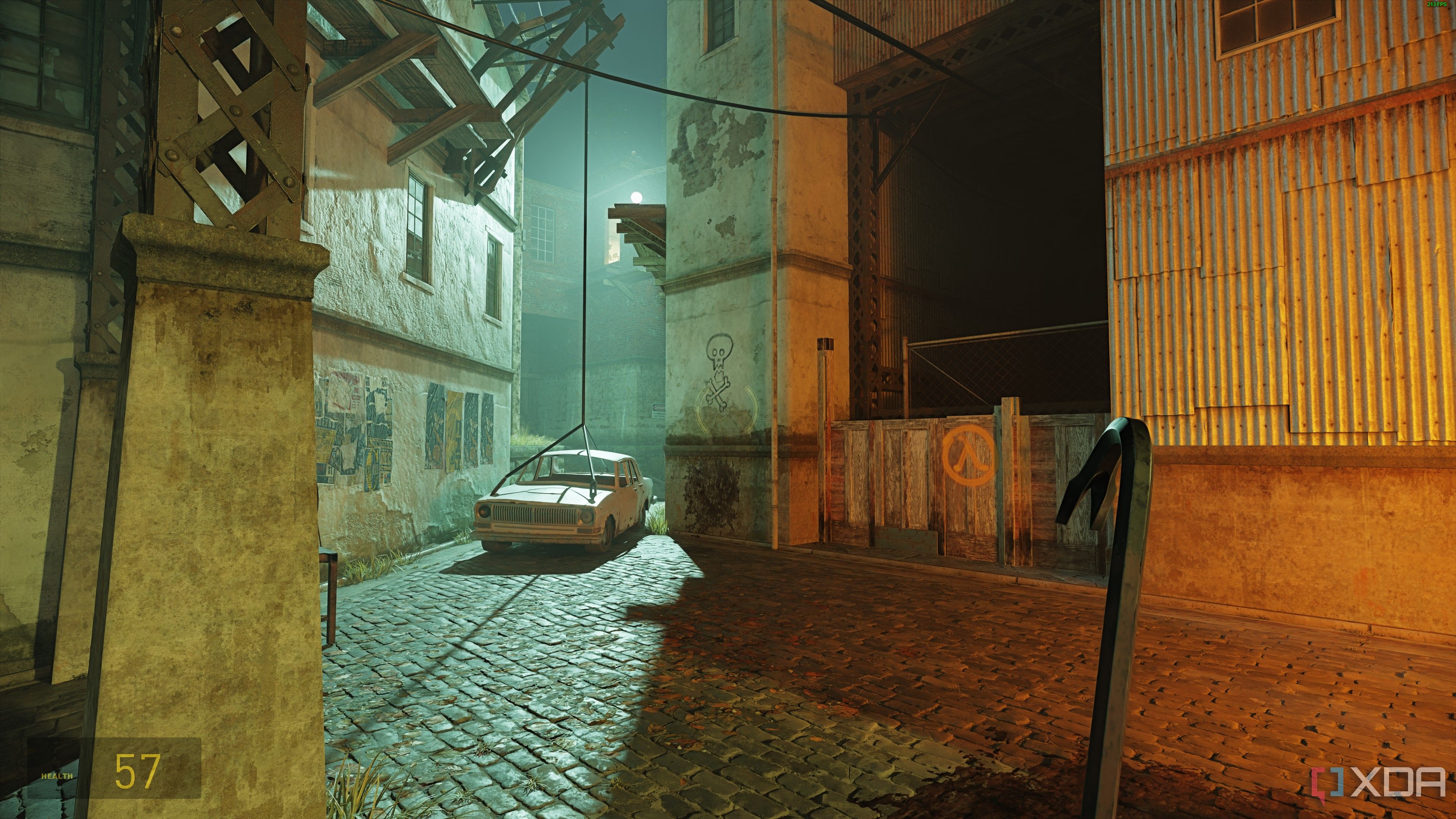
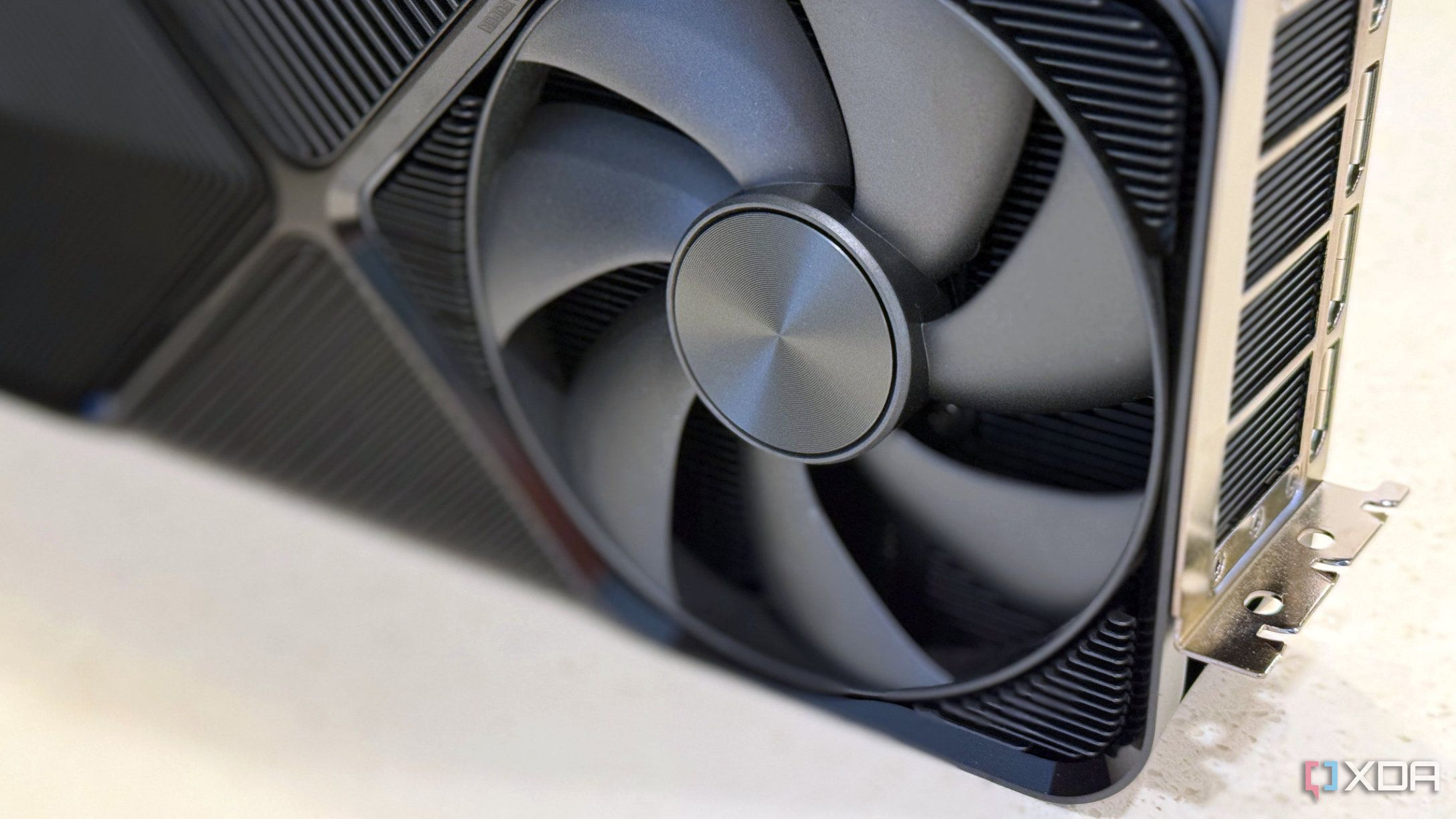
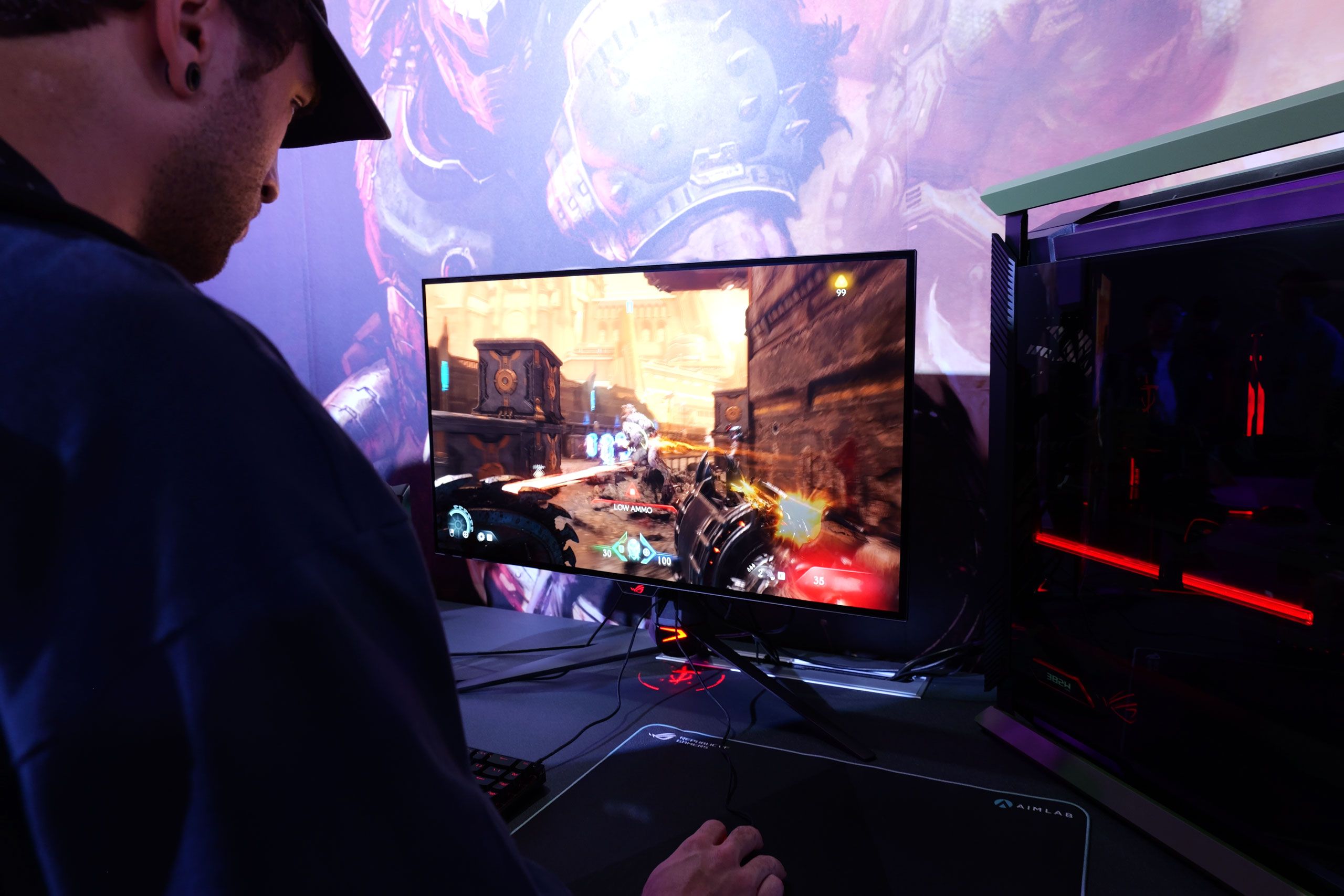










 English (US) ·
English (US) ·